Abboristwith is a poor wretched Old Town, a Sea Port which makes it very well supply’d with fish … they might have a very great trade here but they are a very indolent Lazy kind of People here…
These scathing comments about the town of Aberystwyth are taken from a journal of a tour through England and Wales in the 18th century (D/DMy 15M50/1325). Although unimpressed by the town, the author did at least enjoy the view from nearby Rhugo (?) Hill from whence you have the finest prospect in the World … so that you have the View of St. George’s Channel almost all the way.
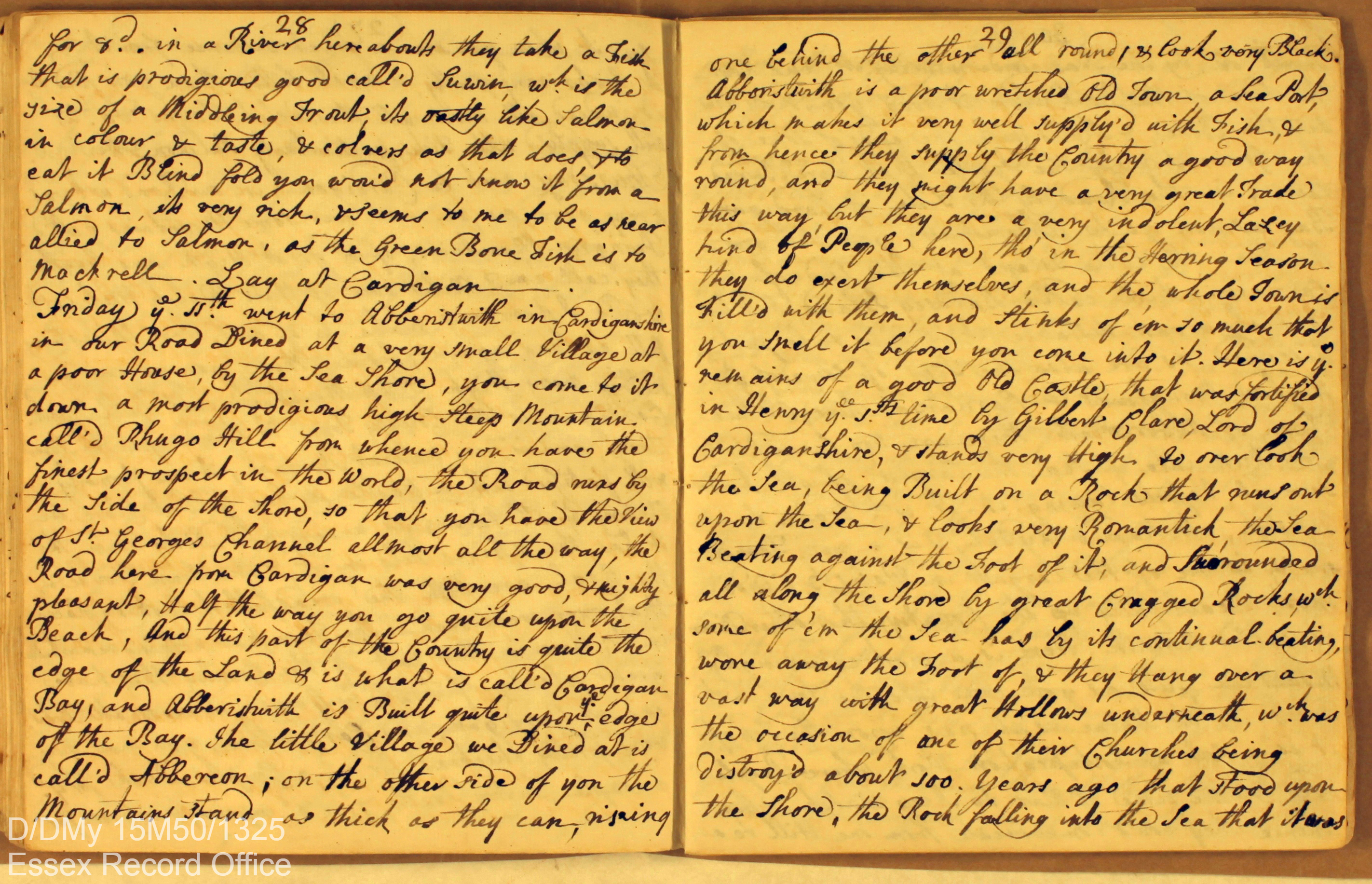
(D/DMy 15M50/1325)
The diary begins in Oxford and the journey continues through Gloucestershire, Worcestershire and Shropshire before entering into Wales via Hay on Wye. The writer then visits most of the Welsh counties (except for what was then Monmouthshire and Glamorganshire), returning to England via ‘West Chester’ (Chester) and continuing through Lancashire and Yorkshire and then south to Hertfordshire and London. On the way, he inspects castles, cathedrals and great houses ranging from the well-known (Powis Castle and Erddig, both now owned by the National Trust) to ‘Choffden Court’ (Shobdon Court, Herefordshire, now demolished).
The journal makes no reference to Essex, but the author is presumably one of the Mildmay family of Chelmsford, since it came to us with a collection of their family papers. We do not know with whom he travelled or the cost of any of his lodgings or meals – sadly this sort of information simply isn’t recorded.
Only the day and month are recorded; we knew that it took place in late July and ended in late September, but could not be certain of the year. Internet searches (not possible when the document was first deposited) enabled us to narrow down the period when the diary was written.
A reference to the then Bishop of Banger, Dr Herring, meant that we knew the author must have visited sometime between 1737 and 1743. Checking against a perpetual calendar suggested the diary was written in 1741, but further cross-checking in Cheney’s Handbook of Dates indicates it was actually 1738.
The later 18th century saw a growing interest in tourism within Britain, made easier in part by improvements to roads through turnpike trusts and encouraged by an increase in guidebooks. The volume is therefore early evidence of this enthusiasm for travel.
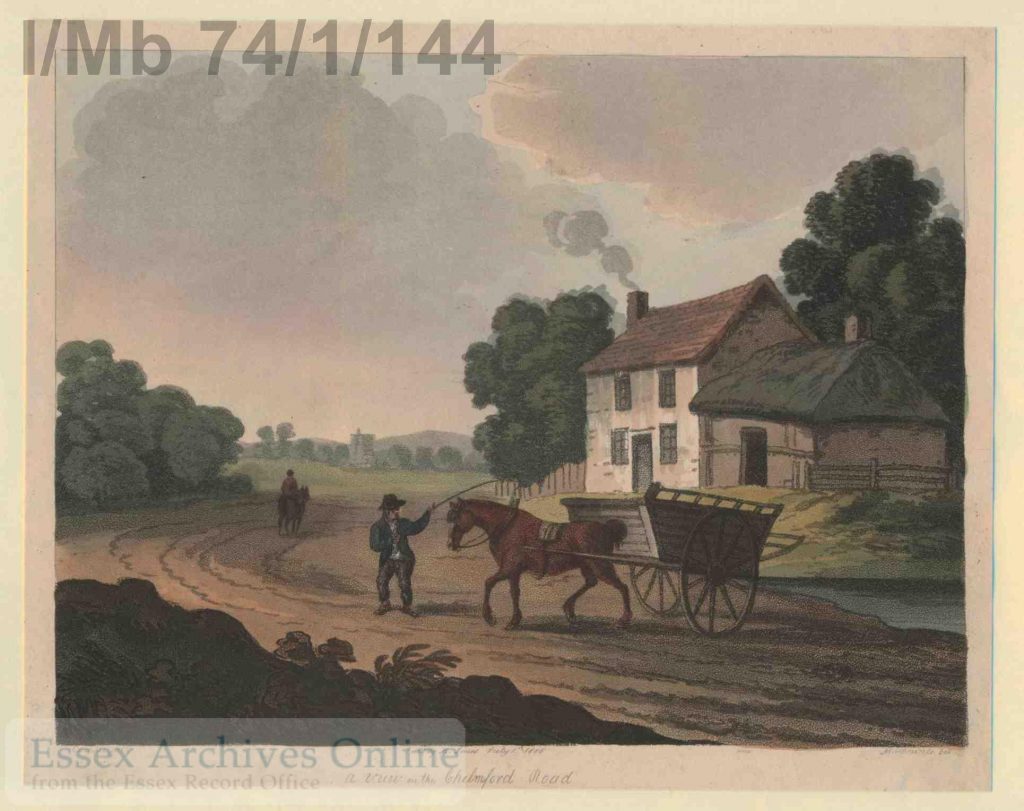
The document is on display in the Curiosity Cabinet in the Searchoom until September.
You can view the Curiosity Cabinet and more on our next public Searchroom tour, on 5 September at 10:30 a.m. This 45-minute tour will show you how to get the very best from the Record Office’s Searchroom and is ideal if you are just starting your research. Find out more and book online.

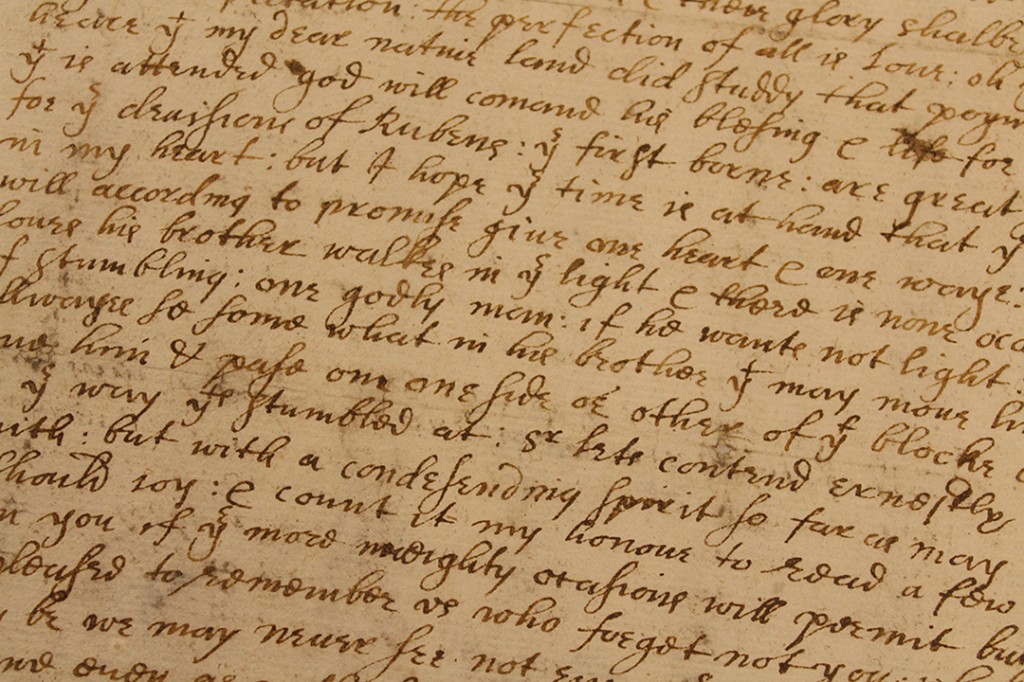
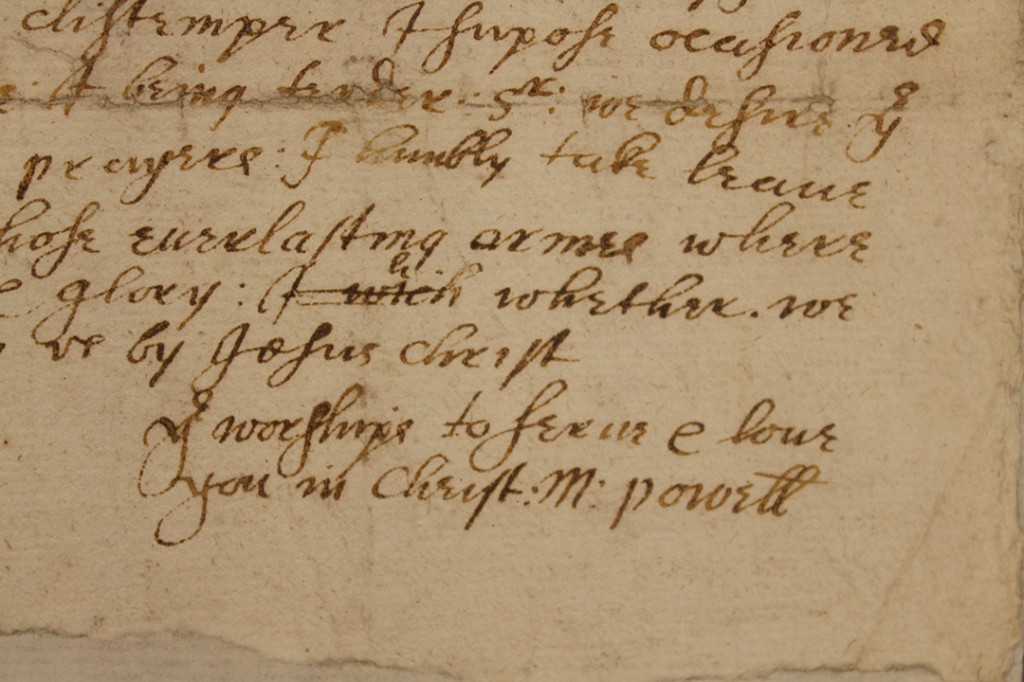
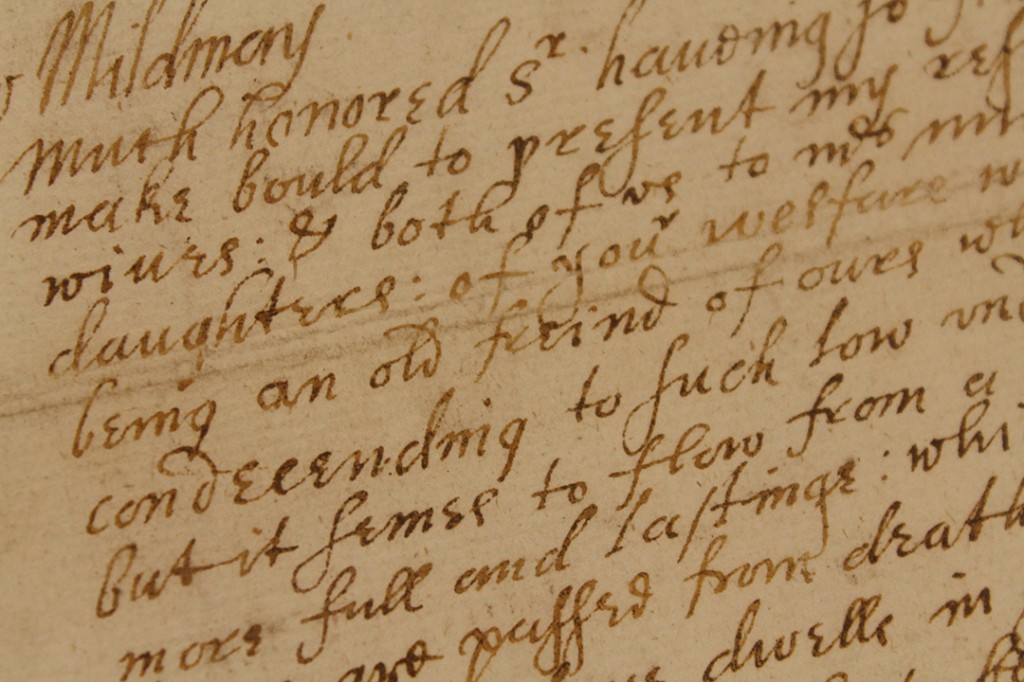
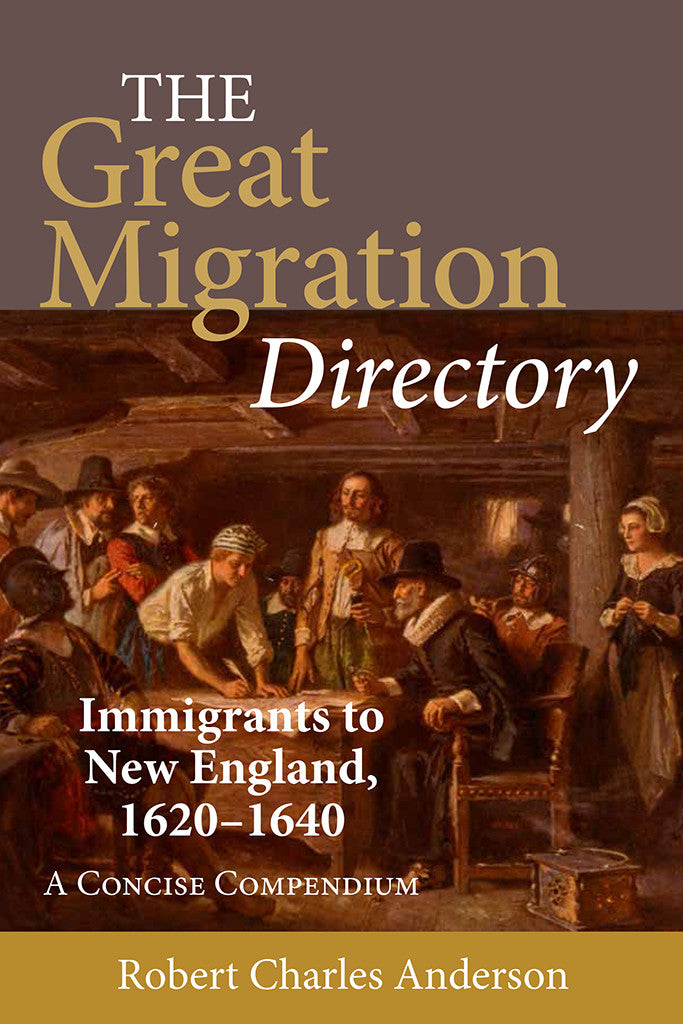 The Great Migration Directory, by Robert Charles Anderson, lists all those families and unattached individuals, about 5600, who came to New England between 1620 and 1640 as part of the Great Migration. Each entry provides data on English origin (if known), year of migration, residences in New England, and the best treatment of that immigrant in the published secondary literature. The book may be ordered through the New England Historic Genealogical Society
The Great Migration Directory, by Robert Charles Anderson, lists all those families and unattached individuals, about 5600, who came to New England between 1620 and 1640 as part of the Great Migration. Each entry provides data on English origin (if known), year of migration, residences in New England, and the best treatment of that immigrant in the published secondary literature. The book may be ordered through the New England Historic Genealogical Society